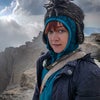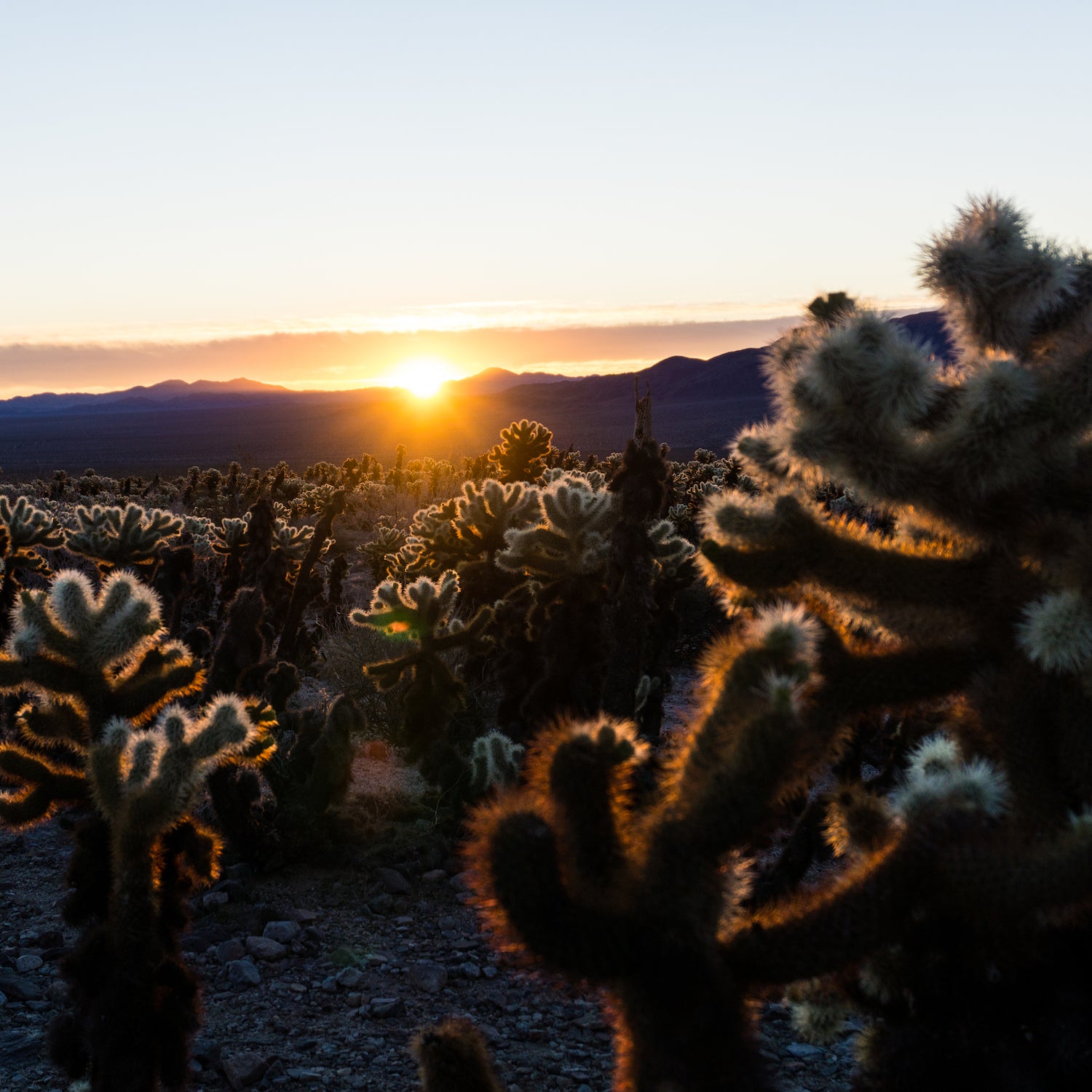62 Parks Traveler started with a simple goal: to visit every U.S. national park in one year. , an avid backpacker and public-lands nerd, saved up, built out a tiny van to travel and live in, and hit the road. The parks as we know them are rapidly changing, and she��wanted to see them before it’s too late.
I’ve never been much of a desert person, but on my first night in Joshua Tree, a lavish sunset painted the sky in cotton-candy shades of rose and lilac. I was gobsmacked. I dropped my pack and trekking poles at the base of some rocks near the Boy Scout Trail and clambered up the giant boulders on my hands and knees to get a better view. I could get used to this,��I thought to myself, staring out at the expanse of the Mojave Desert. Watching the last strands of sunlight escape behind the park’s western mountains felt ancient and important, like I had changed the channel to something so much more nourishing than Netflix could ever provide. The desert was growing on me.
The next day, I took in the sunrise as I walked through thousands of spiny, head-high cacti at the Cholla Cactus Garden. The sky was a flamboyant show-off, it seemed, and I had zero complaints.
Once afternoon hit, I got my head out of the clouds and soaked up a history lesson on the 6.5-mile loop trail to , one of the best-preserved relics of the gold-rush era in the park. Rumor has it that the site got its name when rancher Johnny Lang was out looking for his lost horse and stumbled upon the claim. He bought it for $1,000 in 1890��and processed over 9,000 ounces of gold before the mine shut down in 1936, when Joshua Tree became a national monument. There are hundreds of other mines like it in the area.
I strolled through the Seussian Joshua trees that dot��the landscape like spiny green octopuses, stopping and��closing my eyes every now and then to meditate on the impeccable silence that the desert provides.
As my boots crunched through sand and fragments of gneiss rock surrounding the mine, I thought about how rough life must have been for the adventurers who first settled in what would become Joshua Tree National Park. Were they anxious? Lonely? Resentful?
A good friend once told me:��“The forest fills you up, but the desert empties you out.” Perhaps that was the settlers’��secret. Maybe they found what they were looking for in the great, wide empty.
Maybe I did, too.
62 Parks Traveler��Joshua Tree Info
Size: 790,636 acres
Location: Southern California, 130 miles east of L.A.
Created In: 1936 (national monument), 1994 (national park)
Best For: Hiking, scrambling, rock climbing, stargazing, and car camping
When to Go: Spring (43 to 86 degrees)��and fall (44 to 94 degrees)��have the most moderate temperatures. Winter can be cool (37 to 66 degrees)��but is still nice. Summer temperatures��can hit 115 degrees.
Where to Stay: ��is centrally located and one of the largest areas to park an RV or pitch a tent. Visitors can scramble up the huge boulders that separate most sites to see expansive sunset views.
Where to Eat: , west of the park in Pioneertown, is a high-desert institution that’s been around since 1982. Come for the BBQ and beer, but stay for the impressively curated bands that play nearly every night, with music that ranges��from old-school folk��to rockabilly and indie.
Mini �����ԹϺ���: Visit the ��on the southern end of the park. It’s a bit of a drive from the main��sights��but well worth it. The short trail there is best viewed at sunrise or sunset, when the cactus spines create an ethereal halo around each plant.
Mega �����ԹϺ���: Joshua Tree is a world-class climbing destination and home to thousands of named roped��climbs and bouldering routes. ��(from $295) and ��(from $275) offer classes and guided trips suitable for all levels.
Worth a Detour: ��(free), located just ten minutes from the park’s west entrance,��is a sprawling outdoor art space featuring the assemblage sculptures of African American artist Noah Purifoy. Constructed entirely from junked materials, this open-air museum is one of the largest in the country.


